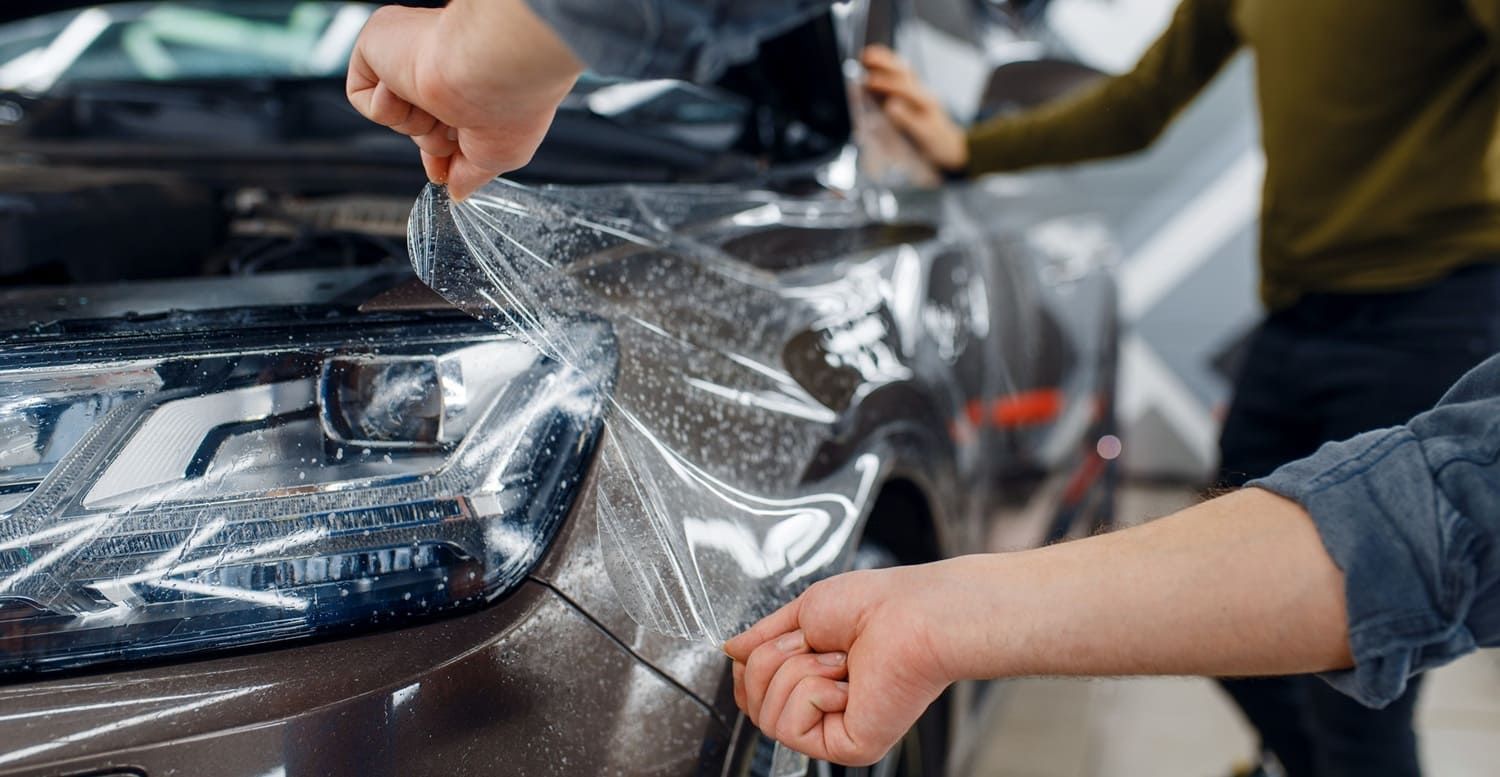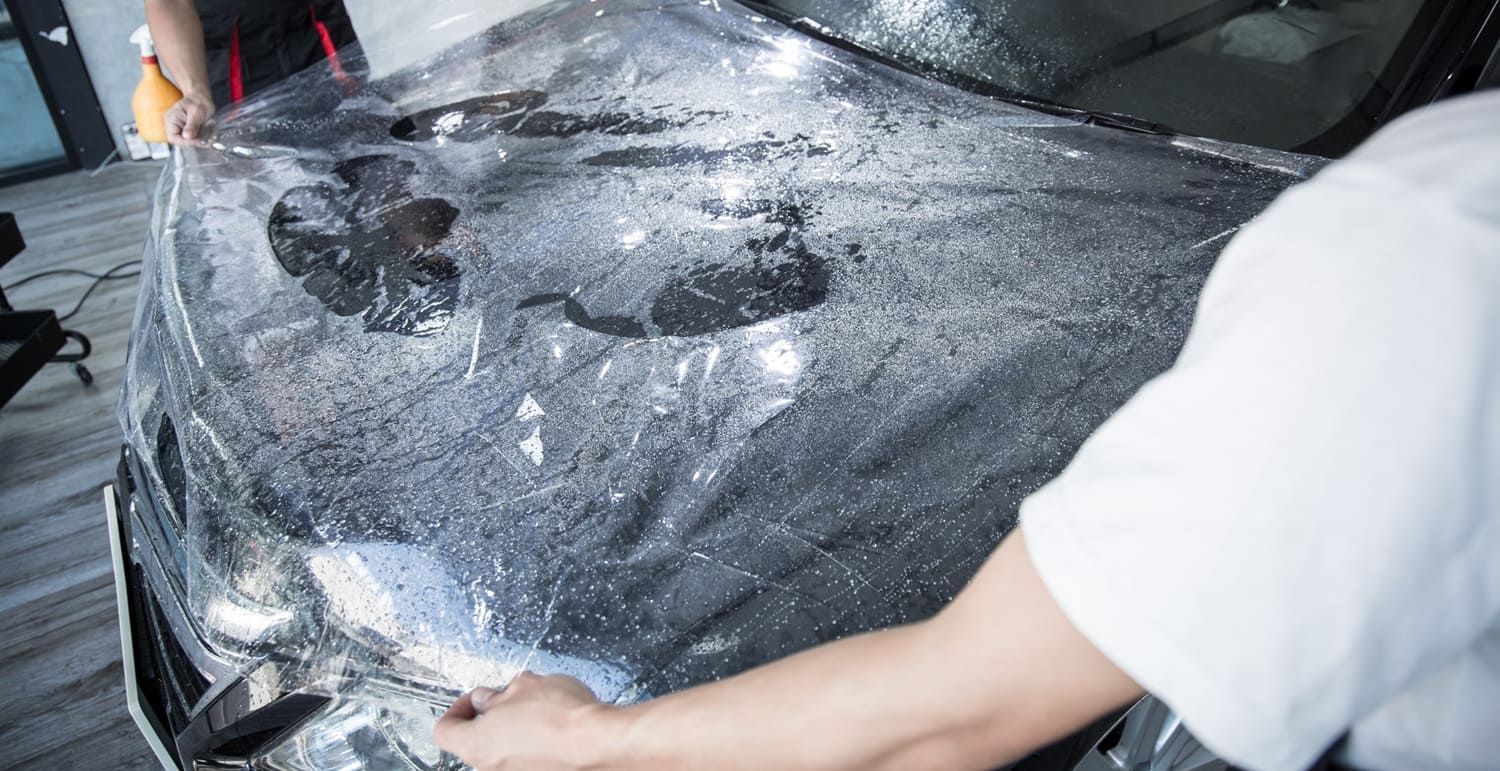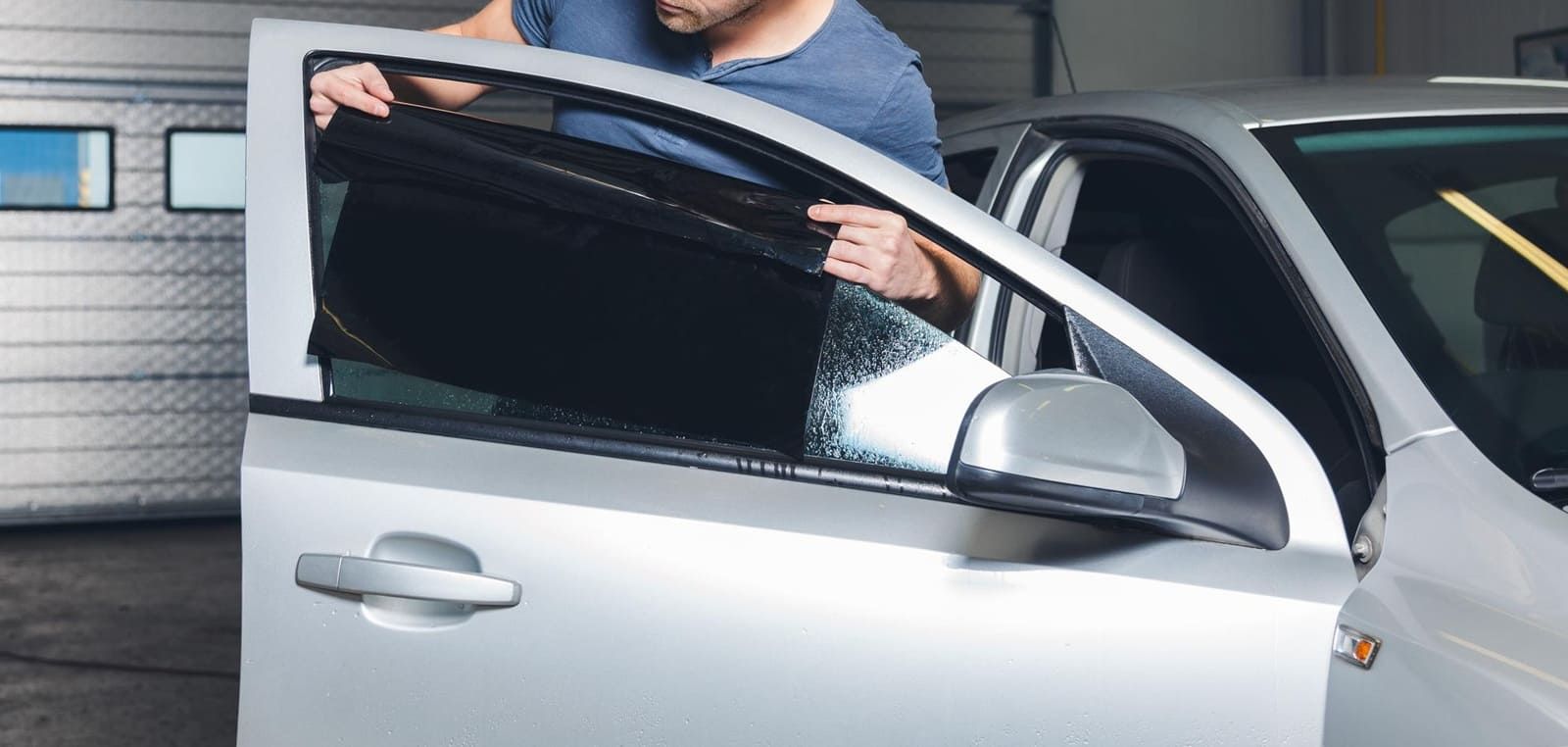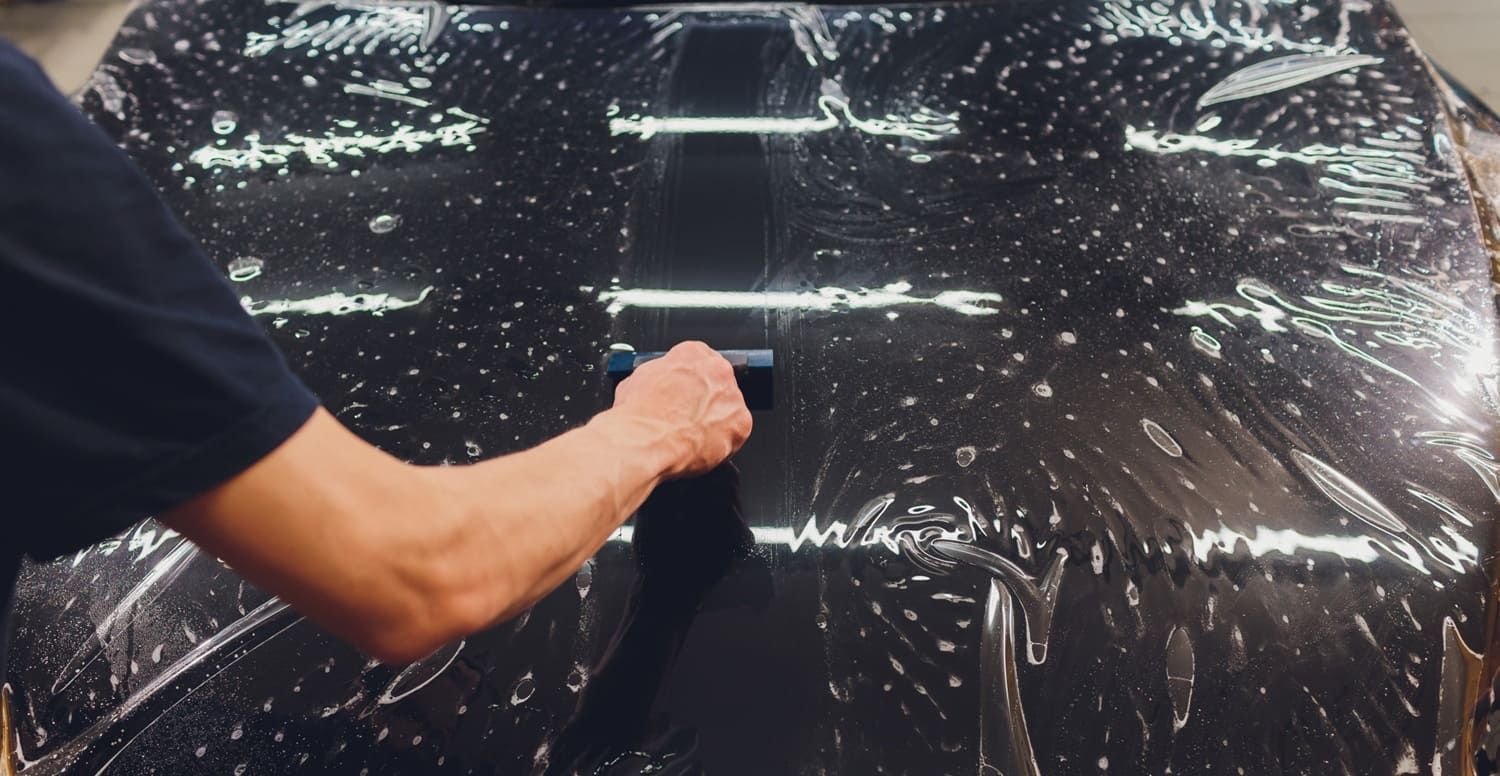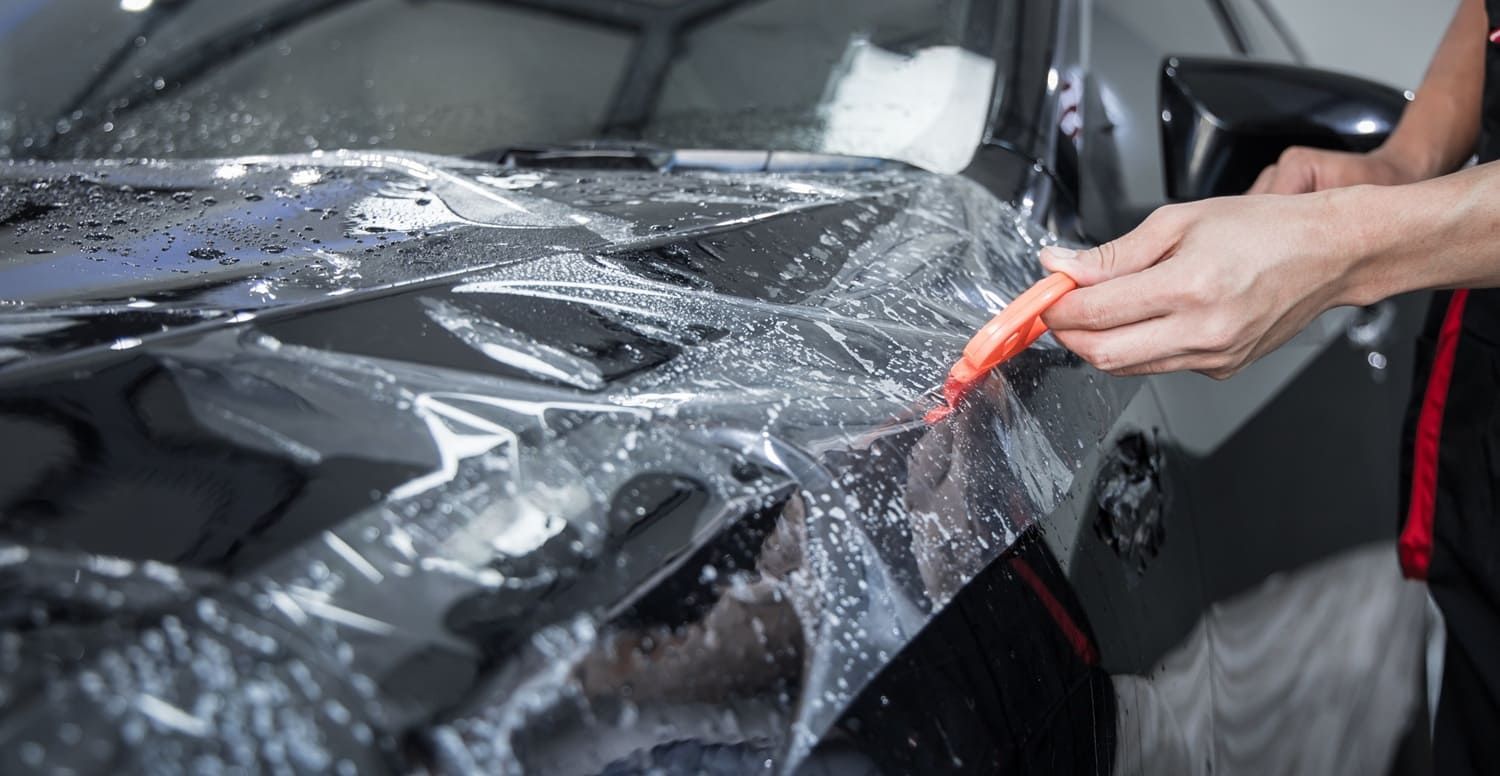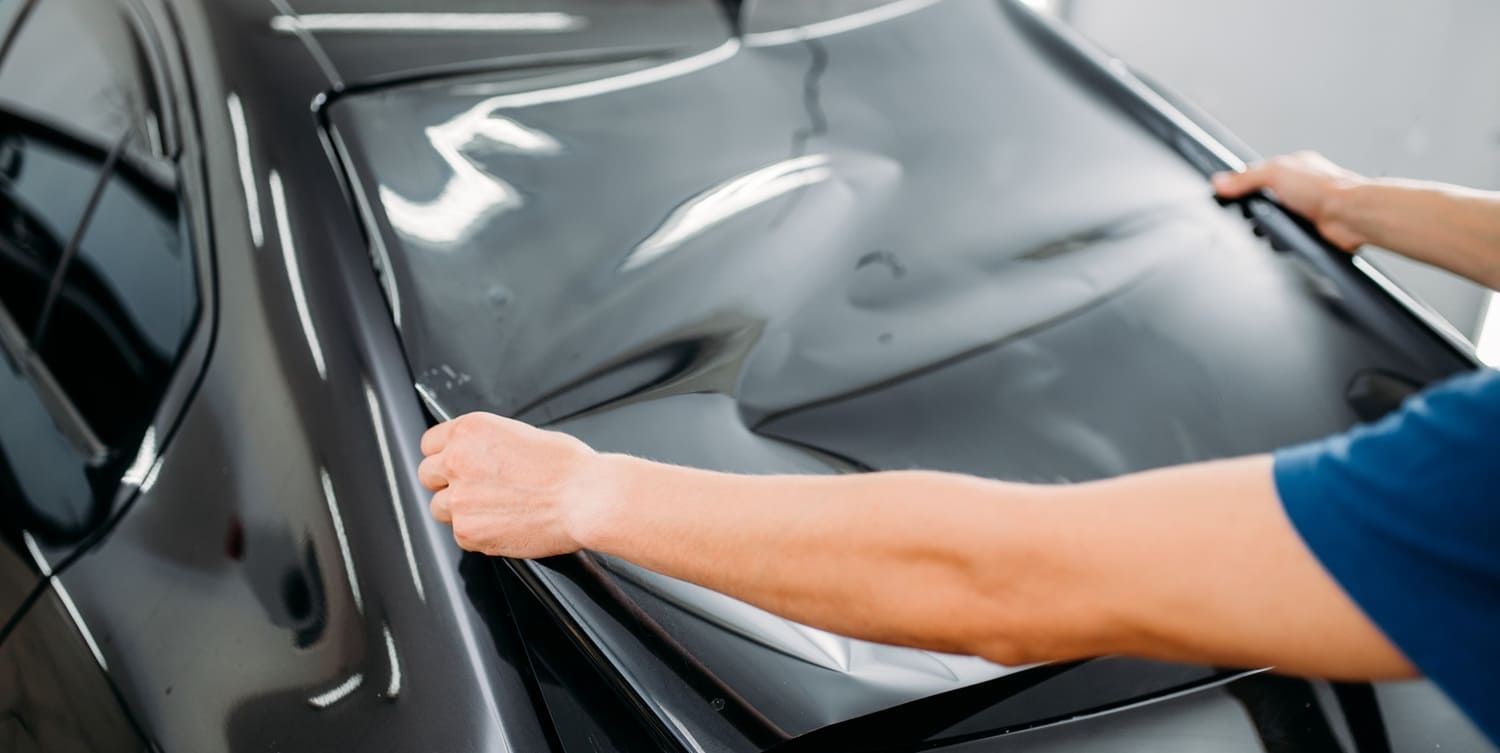Can Paint Protection Film Be Removed Easily?
Paint protection film (PPF) is a popular choice among car owners who want to keep their vehicle's paint looking pristine. But what happens when it's time to remove it? Whether you're considering a new look for your car or the PPF has simply reached the end of its lifespan, you might be wondering if paint protection film can be removed easily. In this article, we'll explore the ins and outs of car paint protection film removal, including tips, tricks, and what to expect.
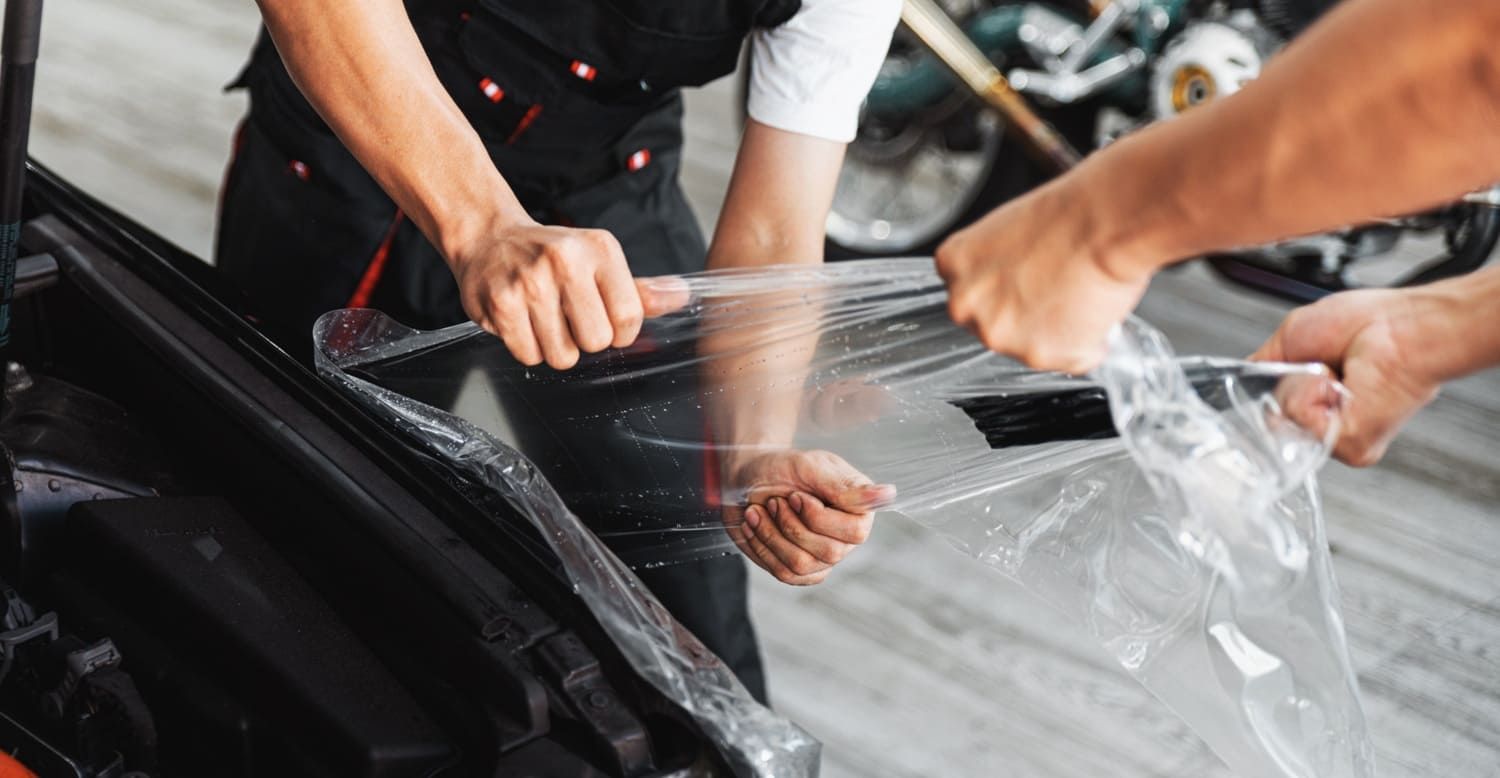
Understanding Paint Protection Film
Before diving into the removal process, it's essential to understand what paint protection film is. PPF is a thermoplastic urethane film applied to the painted surfaces of a vehicle. It helps protect against scratches, chips, and other minor damage. Brands like Llumar offer high-quality paint protection films that are both durable and nearly invisible once applied. The film acts as a sacrificial layer, absorbing minor abrasions and preserving the original paint underneath.
PPF can last anywhere from five to ten years, depending on factors such as film quality, environmental conditions, and maintenance. Over time, however, it may start to yellow or show signs of wear, prompting car owners to consider removal. Regular cleaning and protection from extreme weather can extend its lifespan, but eventually, every PPF reaches a point where removal becomes necessary, either for replacement or aesthetic reasons.
Why Remove Paint Protection Film?
There are several reasons why someone might want to remove paint protection film from their vehicle:
Aesthetic Changes
Car owners sometimes want to change the appearance of their vehicle. Removing PPF can be the first step in repainting the car or applying a new film with a different finish or color. Some might prefer a matte finish over a glossy one, or perhaps they want to try a colored film for a unique look. Changing the film can also allow for the application of custom decals or vinyl wraps, providing a fresh and personalized appearance.
Film Degradation
Over time, even high-quality films like Llumar may degrade. Exposure to the sun, harsh weather conditions, and other environmental factors can cause the film to discolor, bubble, or peel. In such cases, removing and replacing the film is necessary to maintain the car's appearance. Degradation not only affects the film's aesthetic qualities but also its protective properties, potentially exposing the vehicle's paint to damage.
Selling the Vehicle
If you're planning to sell your car, you might choose to remove the paint protection film to ensure the paint underneath is in good condition. This can potentially increase the resale value of your vehicle. A flawless paint job can be a strong selling point, demonstrating that the car has been well-maintained. Removing old or damaged film can also prevent potential buyers from being put off by a yellowed or peeling appearance.
Is Paint Protection Film Removal Easy?
The ease of paint protection film removal largely depends on several factors, including the quality of the film, how long it has been applied, and the environmental conditions it has been exposed to. Generally, PPF removal is straightforward, but it does require some care and attention to avoid damaging the paint underneath. Films that have been properly maintained and shielded from harsh conditions are often easier to remove without complications.
DIY vs. Professional Removal
While some car owners opt for a DIY approach to remove PPF, others prefer to leave it to the professionals. Let's explore the pros and cons of each option.
DIY Removal
Removing paint protection film yourself can be cost-effective, but it requires patience and precision. Here's a step-by-step guide for those who want to tackle the job on their own:
- Gather Your Tools: You'll need a heat gun or hairdryer, a plastic scraper or squeegee, adhesive remover, and microfiber cloths. Having all tools on hand before starting ensures a smoother process without interruptions.
- Warm the Film: Use the heat gun or hairdryer to gently warm the film. This softens the adhesive, making the film easier to peel away. Ensure the heat is evenly distributed to avoid damaging the paint with excessive heat.
- Peel the Film: Starting at one corner, slowly peel the film away from the car's surface. Use the plastic scraper to help lift the film if needed. Take care not to rip the film, as this can complicate the removal process.
- Remove Residual Adhesive: Once the film is removed, some adhesive may remain on the car. Apply adhesive remover to a microfiber cloth and gently rub the affected areas until the adhesive is gone. Be thorough, as leftover adhesive can attract dirt and grime.
- Clean the Surface: Wash the car's surface with soap and water to remove any remaining residue. This step ensures the paint is clean and ready for any new application or treatment.
Professional Removal
Opting for professional removal ensures that the job is done correctly and safely. Professionals have the experience and tools to remove the film without damaging the car's paint. They can also assess the condition of the underlying paint and provide advice on any necessary touch-ups. While it may cost more than a DIY approach, professional removal can save time and provide peace of mind. It's a worthwhile investment if you're concerned about preserving the integrity of your car's finish.

Tips for Successful Paint Protection Film Removal
Whether you choose to remove the film yourself or hire a professional, here are some tips to ensure a smooth process:
- Work in a Controlled Environment: Perform the removal in a garage or shaded area to prevent the adhesive from hardening in the sun. This prevents the film from becoming brittle and difficult to remove.
- Take Your Time: Rushing the process can lead to mistakes and potential damage to the paint. Be patient and methodical. Slow and steady removal reduces the risk of tearing the film or scratching the paint.
- Test a Small Area First: Before fully committing, test your removal method on a small, inconspicuous area to ensure it won't damage the paint. This can help identify any unexpected reactions or difficulties with the removal process.
- Consult the Manufacturer: If you're unsure about any step of the process, consult the PPF manufacturer's guidelines or reach out to a professional for advice. Manufacturers often provide specific instructions tailored to their products, which can be invaluable for a successful removal.
The Role of LLumar Paint Protection Film
LLumar is a well-regarded brand in the paint protection film industry, known for its high-quality and durable products. When it comes to removal, Llumar films are designed to come off cleanly without leaving excessive adhesive residue. This feature can significantly simplify the removal process, making it more accessible for DIY enthusiasts. However, the success of the removal process can still depend on factors such as installation quality and environmental exposure. Proper installation and maintenance ensure that Llumar films perform optimally throughout their lifespan.
Conclusion
In conclusion, paint protection film can be removed relatively easily with the right tools and techniques. At Winter Park Tint & Paint Protection, your premier Paint Protection Film installers serving Winter Park, FL, we emphasize using high-quality films like LLumar, which not only offer superior protection but also make the removal process cleaner and simpler.
Whether you choose to tackle removal yourself or hire a professional, understanding the process and taking the necessary precautions will help ensure a smooth and damage-free result. Premium films like LLumar are designed to minimize residue and preserve your vehicle’s original finish—even after years of use.
If you're ready to upgrade, replace, or remove your PPF, contact Winter Park Tint & Paint Protection today for your free estimate and expert assistance.
By following proper removal techniques and using trusted materials, you can maintain your vehicle’s vibrant, showroom-quality look—protecting both its appearance and long-term value.


